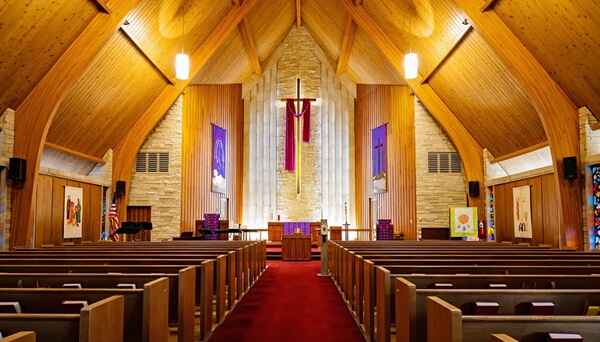The Lutheran Church, once a dominant force in American Protestantism, has seen a significant decline in membership, attendance, and cultural influence over the past several decades. This trend mirrors the broader decline of many mainline Protestant denominations in the United States. So, why is the Lutheran Church dying? The answer lies in a complex mix of social, cultural, theological, and generational factors.
1. Declining Religious Affiliation in General
One of the biggest reasons for the Lutheran Church’s decline is part of a much larger trend: the rise of the “nones”—people who claim no religious affiliation. According to surveys by Pew Research Center, a growing number of Americans, especially young people, are identifying as spiritual but not religious, or completely unaffiliated with any faith. This shift has affected all traditional churches, including Lutheran denominations.

2. Aging Membership
Many Lutheran congregations in the U.S., particularly in denominations like the Evangelical Lutheran Church in America (ELCA) or the Lutheran Church—Missouri Synod (LCMS), have aging congregations. Older members pass away, and younger generations are not replacing them at the same rate. Birth rates among Lutherans are low, and the younger generation is less likely to attend church regularly or maintain lifelong ties to a specific denomination.
3. Lack of Cultural Relevance
Lutheran services tend to be traditional, liturgical, and formal, which can be a strength for those seeking depth and historical continuity, but a weakness when trying to attract modern worshippers used to more casual, engaging, or contemporary church styles. Many Lutheran churches have struggled to adapt to the needs and expectations of younger, more diverse audiences, including digital engagement and modern communication methods.
4. Internal Theological Divisions
There is a noticeable split between progressive and conservative factions within Lutheranism. The ELCA, for instance, has taken more progressive stances on social issues like same-sex marriage and women’s ordination. While this has attracted some, it has also alienated traditional members. Conversely, more conservative branches like the LCMS have maintained traditional views, which can appeal to their base but may be seen as out of touch with broader societal shifts. These internal tensions can cause disunity, stagnation, or even splintering.
5. Low Evangelism and Outreach Efforts
Unlike some evangelical denominations that actively prioritize growth through outreach and church planting, many Lutheran churches have historically taken a more passive approach to evangelism. Without strong community outreach and discipleship programs, it becomes difficult to bring in new members or retain young families.
6. Geographic and Demographic Limitations
Lutheranism has deep roots in Northern and Midwestern U.S. states, where many communities are now facing population declines. As people move to urban centers or other regions of the country, local congregations are shrinking. Moreover, Lutheran churches have been historically less ethnically diverse, which may limit their ability to appeal to a broader demographic in an increasingly multicultural society.
Final Thoughts
The decline of the Lutheran Church is not due to one single reason but rather a combination of cultural shifts, aging demographics, theological tensions, and institutional inertia. While it still holds deep theological traditions and a rich liturgical heritage, the future of Lutheranism may depend on its ability to reconnect with younger generations, embrace diversity, and actively engage with the communities around them in meaningful and relevant ways.



